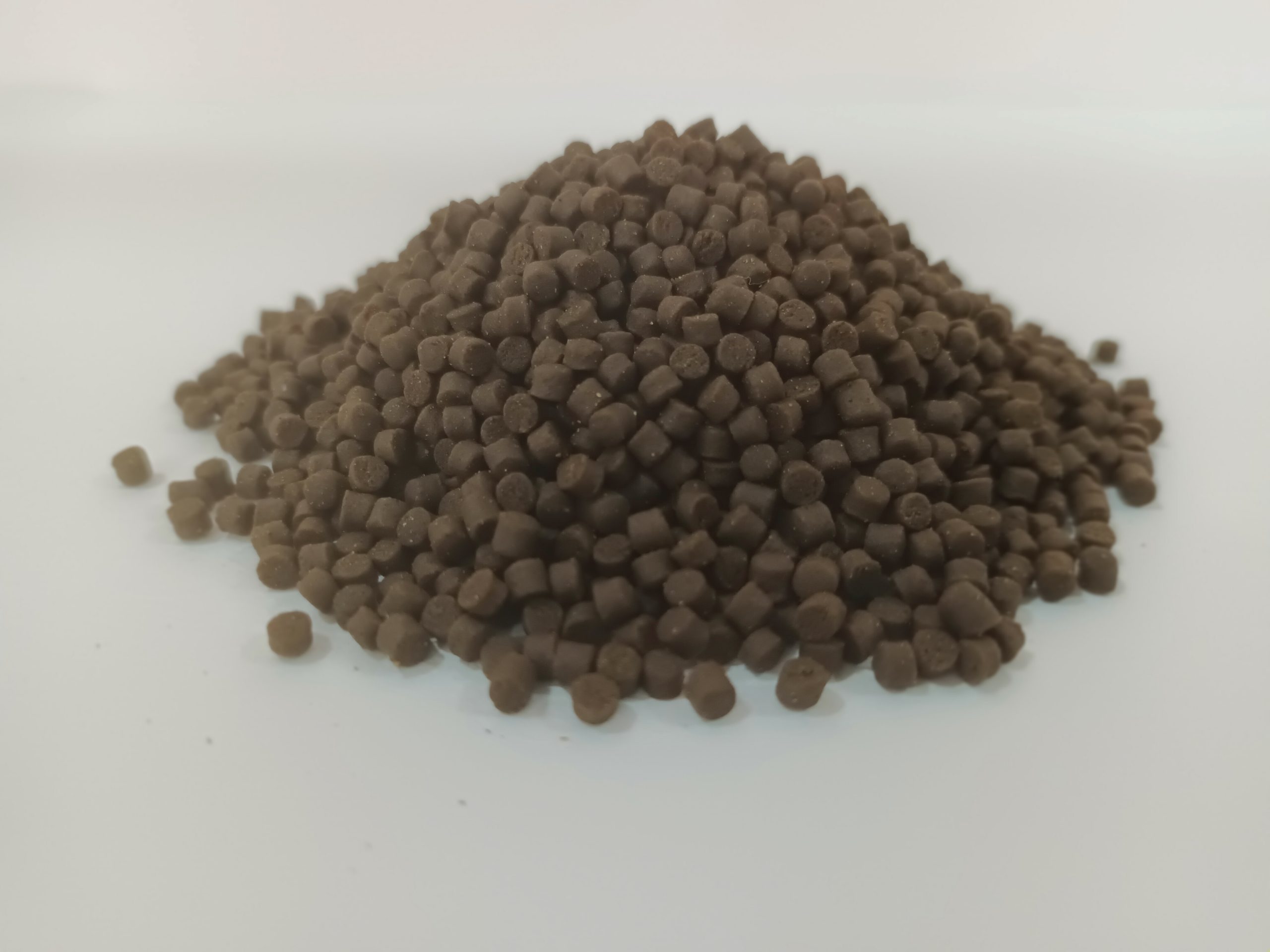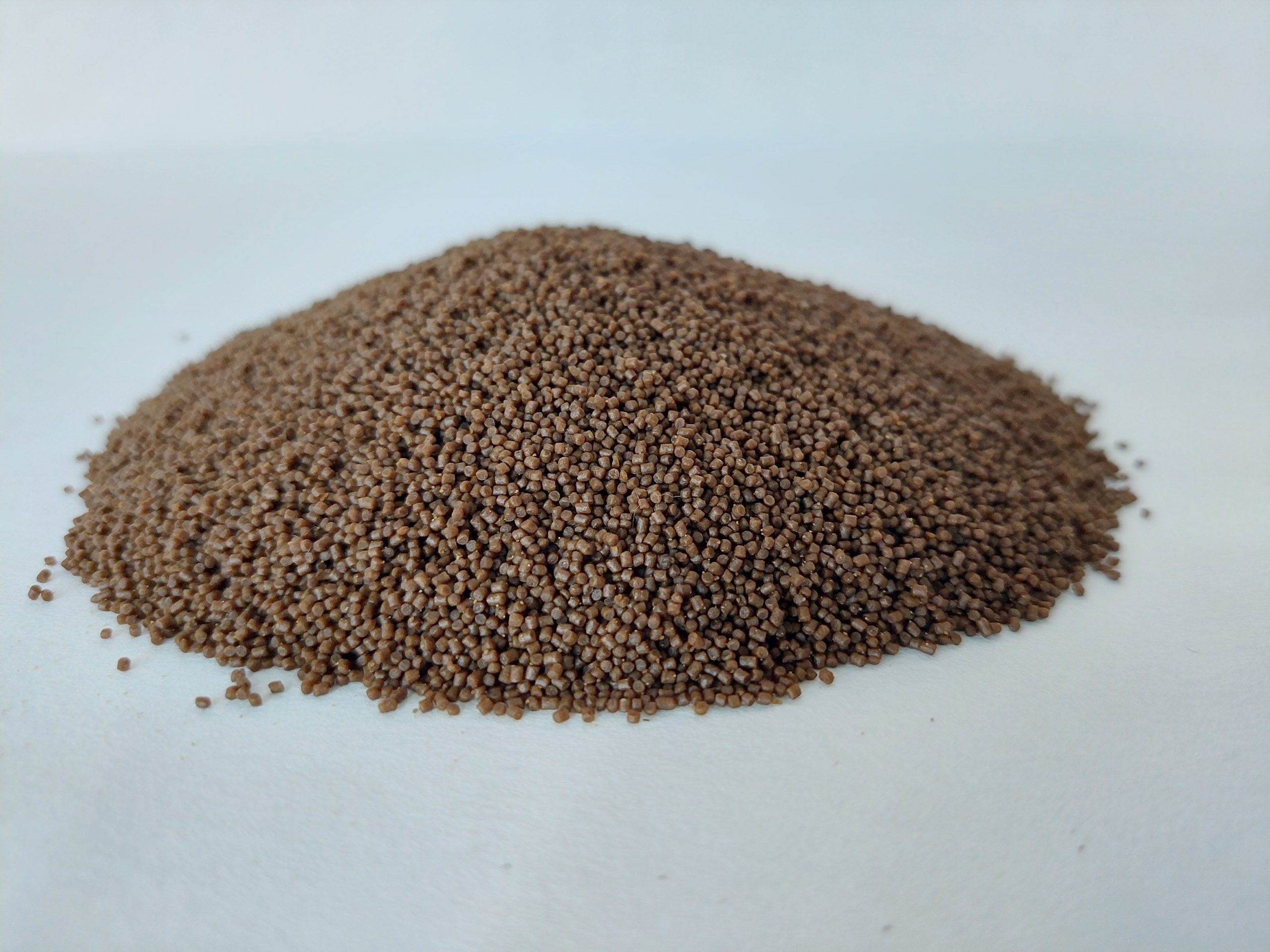
Flat Medium

Microbaq M
Sole’s production technology
In both Solea solea and Solea Senegalensis, is reaching a similar level to that of other marine species.
Since the beginning, DIBAQ has been part of the development of sole feeding for both young fish stage and fattening. This is why, nowadays, Dibaq has a proved line of adapted products to specific needs of this fish. Attraction, digeribility, palatability and water stability have been the main features added to its design due to the fact that they are basic for a sole’s correct diet.

- Temperature
- 64.4-68ºF
- Salinity
- 30-35 per mille
- Oxygen
- > 7 ppm
- Density
- 3.41-56.8 l/p
- Survival
- 30-40%
- Egg diameter
- 0.04 in
- Larva's length
- 0.09 in
- Temperature
- 60.8-71.6ºF
- Salinity
- 30-35 per mille
- Oxygen
- > 5 ppm
- Load
- 6.13-10.22 lb/ft2
- Duration
- 18 months
- Final weight
- 0.66-0.88 lb
- Survival
- 85%


